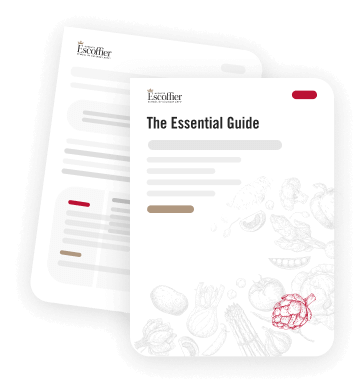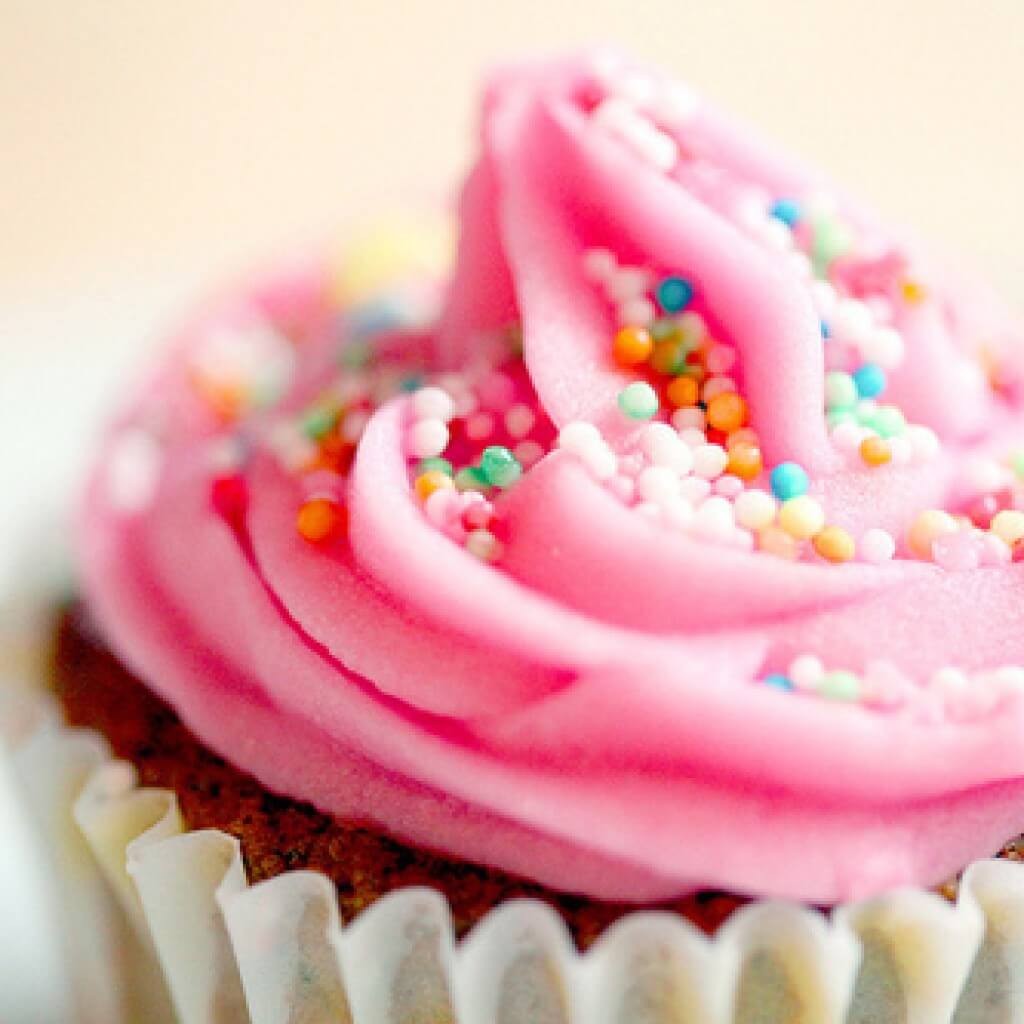Icing and Cake Decorating

A cake is but bread without all the pretty, sugary good stuff that goes over it. What’s that called again? Oh yeah, icing. Some say it’s the best part of the whole ordeal. Where that still leaves us to be convinced, we can’t deny it’s pretty darn good. And it’s not only a major part of the cake or cupcake but also a major part of how it tastes. If you’ve ever had bad frosting, you know what I’m talking about. The good thing is icing is just about as easy to make as Bisquick pancakes, and with just a few small ingredients and a little muscle behind that hand mixer, you can have the most beautiful, best tasting frosting you’ve ever had. Extra bonus: Since you’re learning online, in your own kitchen, you can indulge as much as you want! And when it comes to decorating techniques, which can be one of the most challenging parts, this course has got you covered too. All it takes are the right utensils and a little finagling, and all of those clumpy, splotchy cakes are left in the dust. We’ll demonstrate all kinds of techniques and more in our online cake decorating program for beginners. Make way for the queen of cakes!
In this online culinary course, we teach our class how to make their own icing and then show them cake decorating techniques. All that’s left to you is eating it! You think you can handle that? Here’s your first cake decorating lesson:
Butter Cream Icing
12 oz confectioner’s sugar
8 oz butter
2 tsp vanilla extract
1 oz heavy cream
- Bring the butter to room temperature.Sift the confectioner’s sugar.
- Place softened butter in a bowl and gradually add the sugar. Cream together with a wooden spoon or using an electric mixer until well aerated and whitish in color.
- Add the vanilla extract and the heavy cream and beat until smooth. Scrape down the sides to ensure all ingredients are incorporated.
- The butter cream is ready to use on cake or cupcakes as a filling, icing or piped on top with a decorating tube.
 Genoese Sponge Yellow Cake
Genoese Sponge Yellow Cake
4 eggs
4.5 oz fine sugar
1 tsp vanilla extract
.8 oz butter
2.3 oz baker’s flour
2.3 oz cornstarch
- Mix the eggs, sugar and vanilla extract in a mixing bowl and warm it in a bain-marie up to approx. 130F while whisking it slightly. The mixture will give off a little steam and will have developed a slightly creamy texture and color.
- Clamp the bowl into a mixer and whip the mixture until it has cooled down to room temperature and has developed a very thick sabayon texture.
- Melt the butter. Place some of the sabayon mixture into a separate mixing bowl. Add the melted butter and combine. Add this mixture back into the sabayon.
- Sift the flours onto parchment paper and combine them well. Add the flours to the egg mixture and fold through gently. Do not overwork as this will result in a flat and firm end product.
- Divide the mixture and place into greased and dusted sponge tins (use an 8 inch sponge tin per serve). Bake at 390F for 20 minutes until the sponge is set and bouncy. Test for doneness. Once cooled, turn over onto a cooling rack.

